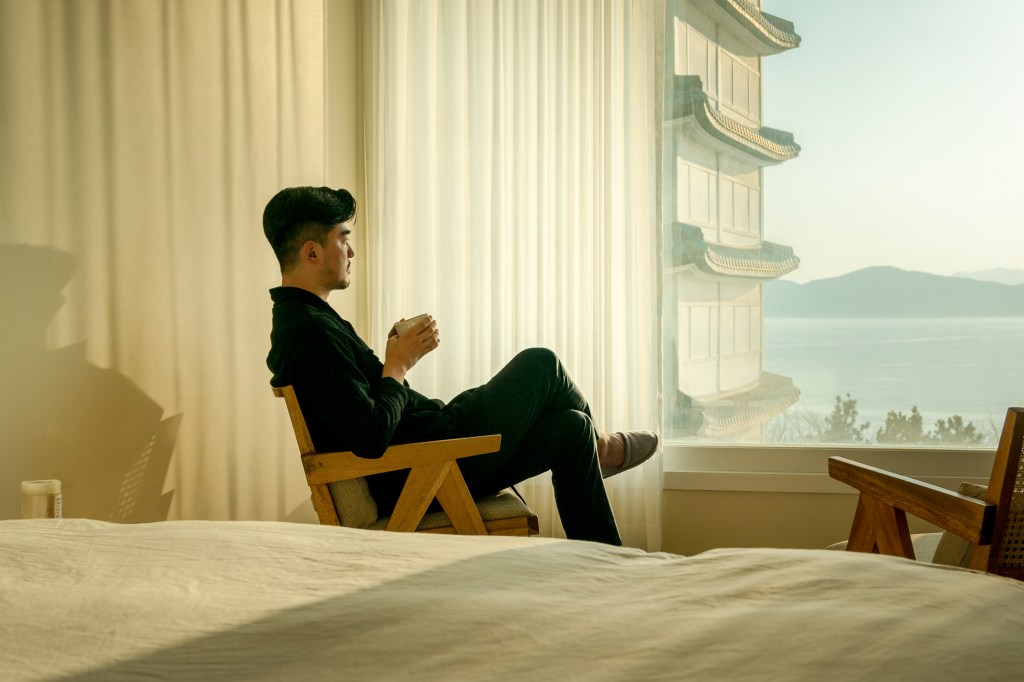The cost of business travel is about much more than the price or airfares and accommodation.

When it comes to costing business travel, can you put a price on staff safety and wellbeing? Sadly, for some companies, the answer is yes. But it’s a question that benefits from nuance. And a little background and context.
Towards the end of 2021, as post-pandemic travel started, the first cohort of business travellers in the sky were leaders – CEOs, COOs and anyone with a global management remit. It was a chance to revisit, or build, corporate relationships that of late had been conducted chiefly from the waist up.
Not everyone had the freedom to fly, of course, with lingering travel and quarantine restrictions still in place in some countries. But, for many, it was a move towards business as usual.
Enter 2022.
A new era in the skies
As a broadening tier of business travellers returned to the air, eager to connect with business partners, clients and prospects, the conference industry was also waking up from hibernation.
But among this resurgence came increased competition for seats from the leisure sector, both FOMO travellers ready to shake off the shackles of enforced grounding, and reunion travellers, whose lack of personal connections through lockdown had sparked an urgent desire to visit family and friends.
The impact, unsurprisingly, was profound. Airlines and airports couldn’t cope, availability proved an issue and prices started to climb, not just for flights, but also in related industries such as hotels and car hire, which were struggling with staffing and availability.
The resulting cost escalation drew fresh focus to business travel budgets, prompting widespread demand to tighten purse strings, justify return on investment and look at ways to make them cheaper and more cost effective. It took to new levels the truism that business travel should always have a business case.
Among the measures that came into play were staff being downgraded to economy for long-haul flights, or booked into ‘milk runs’ on less expensive airlines. Accommodation was bought sight unseen, based solely on cost, like one poor traveller who ended up in a room with a spa bath in the centre and mirrors on the ceiling. Hardly an environment conducive to the business mind.
It all underscored the big question. Which is whether bottom-line savings on cheaper flights and less-than-salubrious hotels justify the associated cost to the employee. It’s a layered question, again with roots in the pandemic.
The toll of travel
There is no doubt a long-haul flight becomes easier the closer you sit to the nose of the aircraft. Cattle class, after all, is very aptly named.
And, while sitting in an aircraft for hours and hours is hardly an Olympic sport, there is a certain level of conditioning among frequent flyers. But given most long-haul business travellers had been out of the air for roughly two years, there was a loss of familiarity and capacity – mentally and physically.
Not surprisingly, this sparked a range of health issues impacted by fatigue and travel stresses. Exacerbating factors included flights being cancelled or delayed – a particular risk on multi-leg trips. Accommodations also came into play.
A temporary home
In the late 1800s, the phrase ‘home away from home’ was apparently coined to describe a comfortable hotel, boarding house or even boarding school.
These days, it’s been adopted by short-term home stay providers, which some might call apt, given you can end up sleeping anywhere from the basement to the attic. Yet the phrasing softens an issue that can have a very real impact.
Needing to go away after such a long time at home can be a shock to the system for business travellers, although the comforts of a nice hotel can offer some consolation.
There is a long list of reasons why we choose one hotel over another that extends well beyond the free breakfast and the content of the mini bar.
There are also very real issues around safety, security and peace of mind, covering a time when people can be vulnerable, have their guard down and be unaware of who might be watching them – and why.
In many cases, the safety of a hotel may be predicated by who owns it, what facilities and amenities are nearby (things like embassies and tourist areas) and what sort of life-support systems the hotel has for when things go wrong, from health to emergency response.
And it isn’t just the hotel that needs scrutiny, as business takes travellers beyond the lobby. Questions need to be asked about the neighbourhood. About whether it’s safe to walk to the office. About the security, efficiency and accessibility of public transport.
These are the sort of questions that go beyond cost.
Fresh thoughts on cost
Most business travellers share the desire to save money and wring out as much value as possible, whether by lengthening trips for efficiencies of scale or forgoing downtime to squeeze in as much work as possible. But this can be to the detriment of their health and home life. More consideration needs to be given to how we support the welfare of these travellers and their families when they are on the road.
Supporting the safety and wellbeing of business travellers is vital. They are the ones who win business, grow relationships and build culture. It’s a million moments and tasks that can never be accurately represented on the bottom line of a budget. And you can’t put a price on that.
Rodger Cook is the General Manager – Global Security Services for global traveller assistance provider World Travel Protection with 30 years’ experience working in high-risk destinations supporting travel risk management programs.